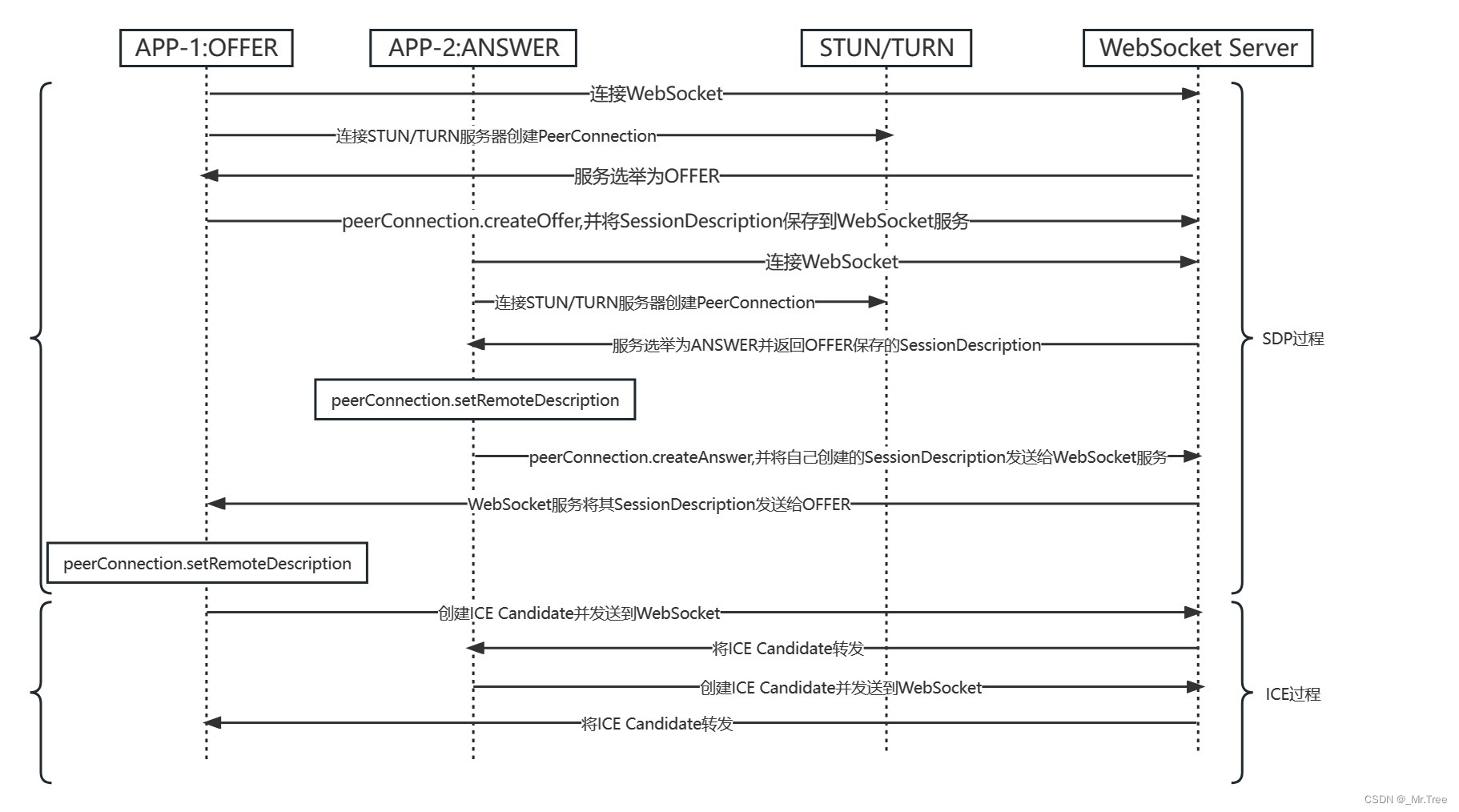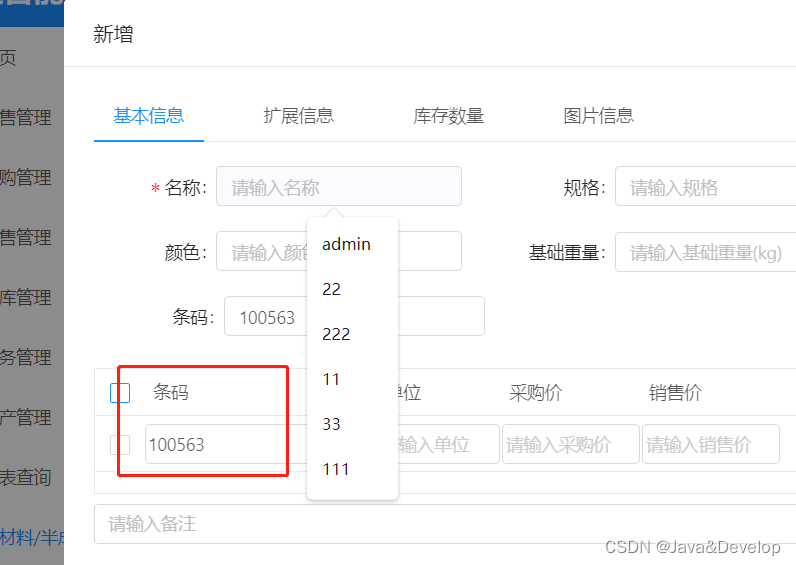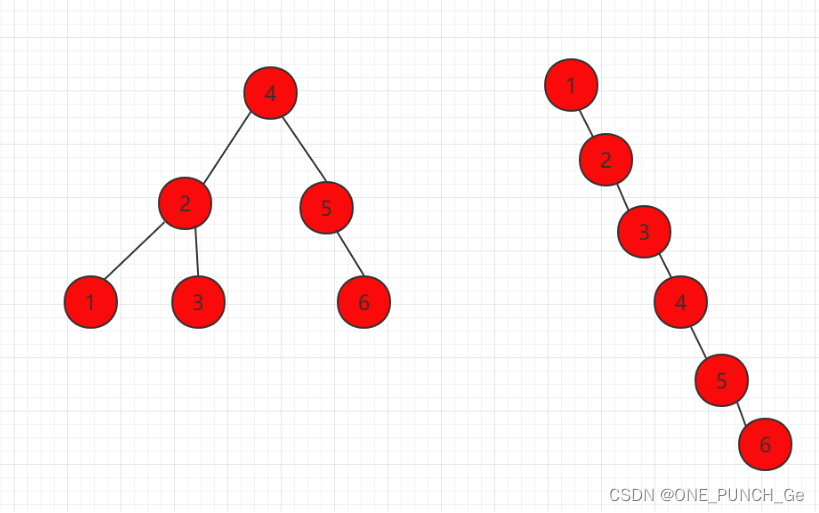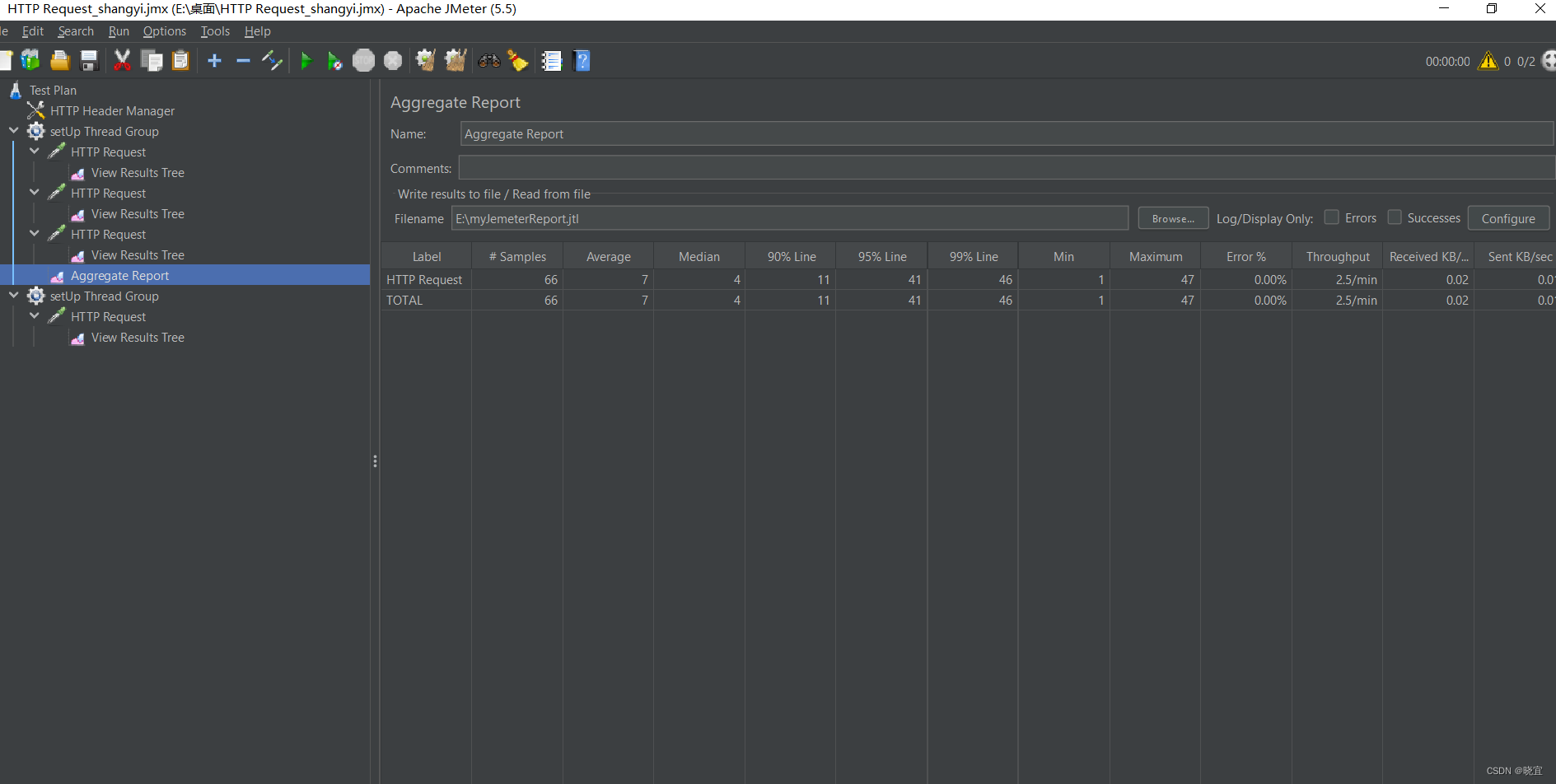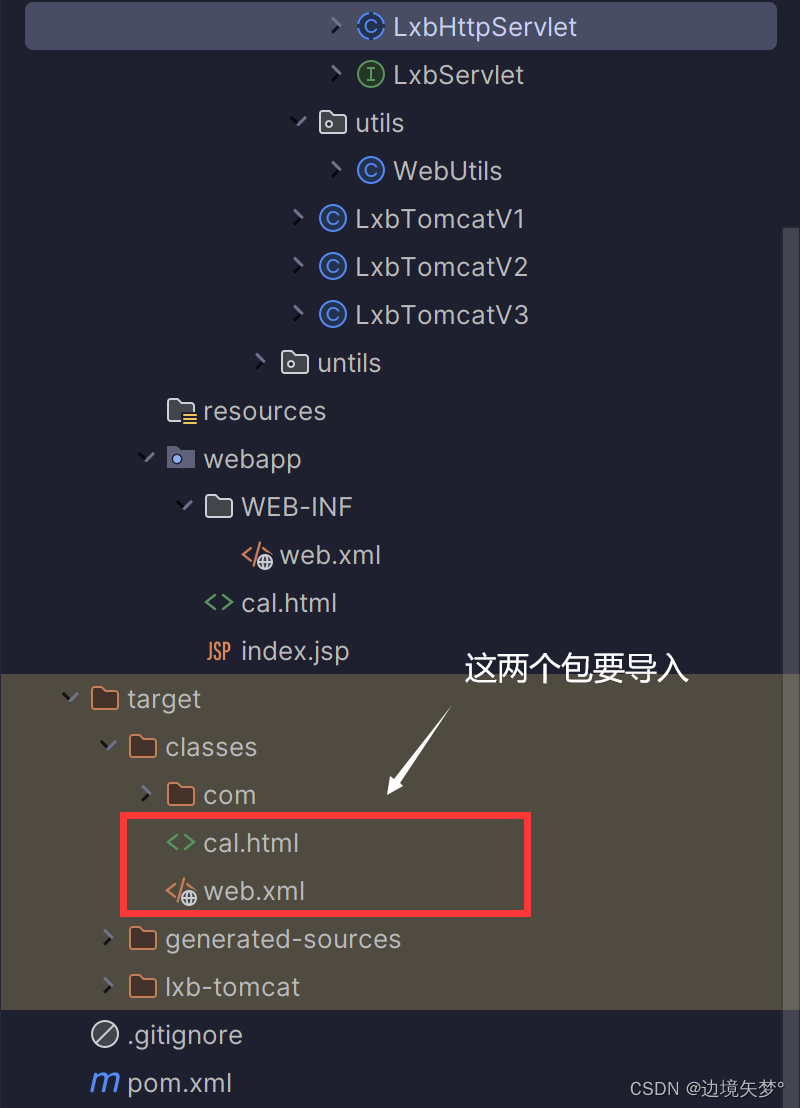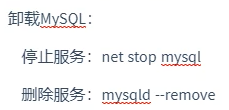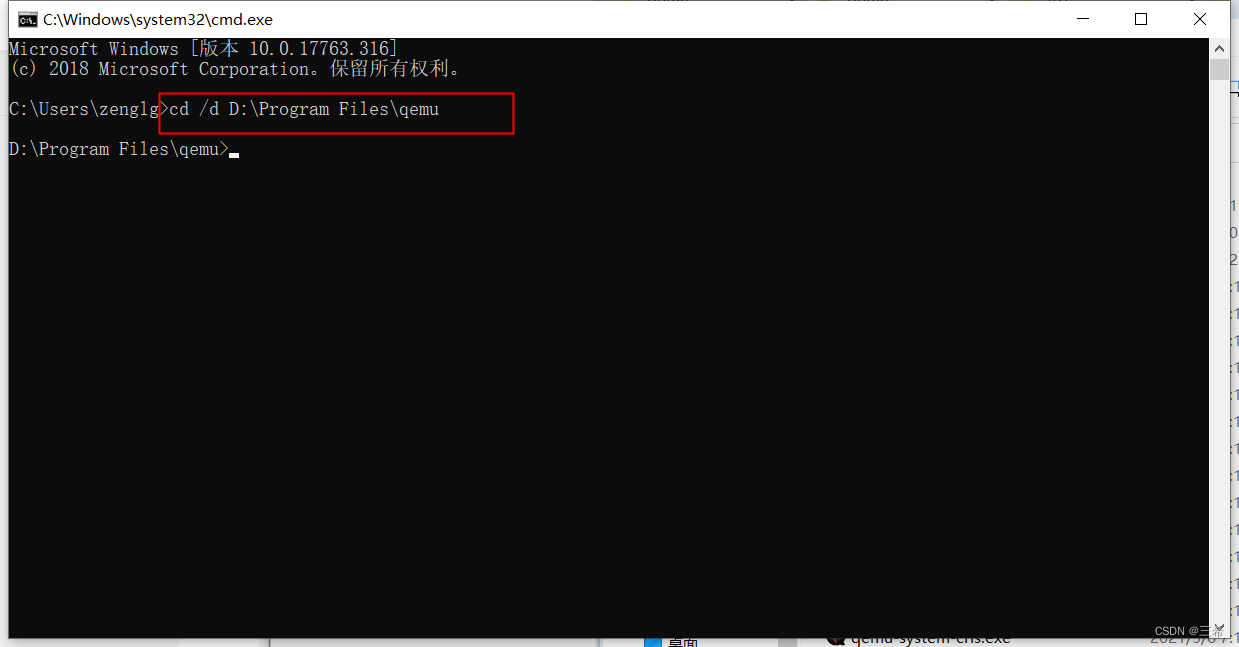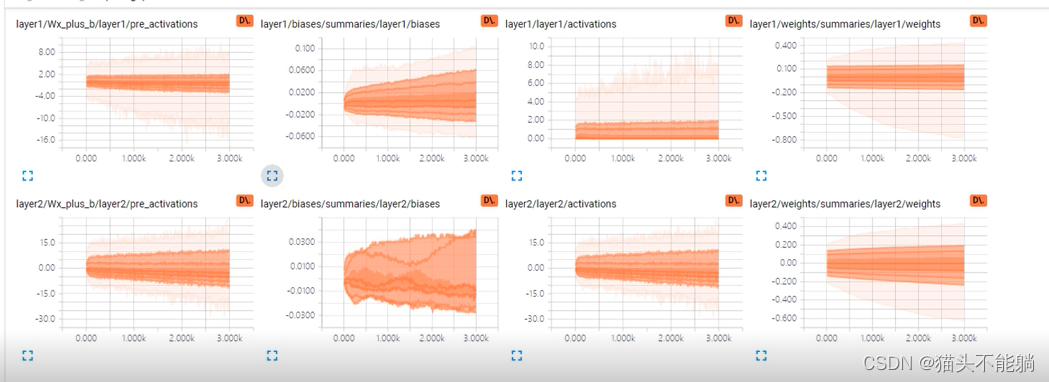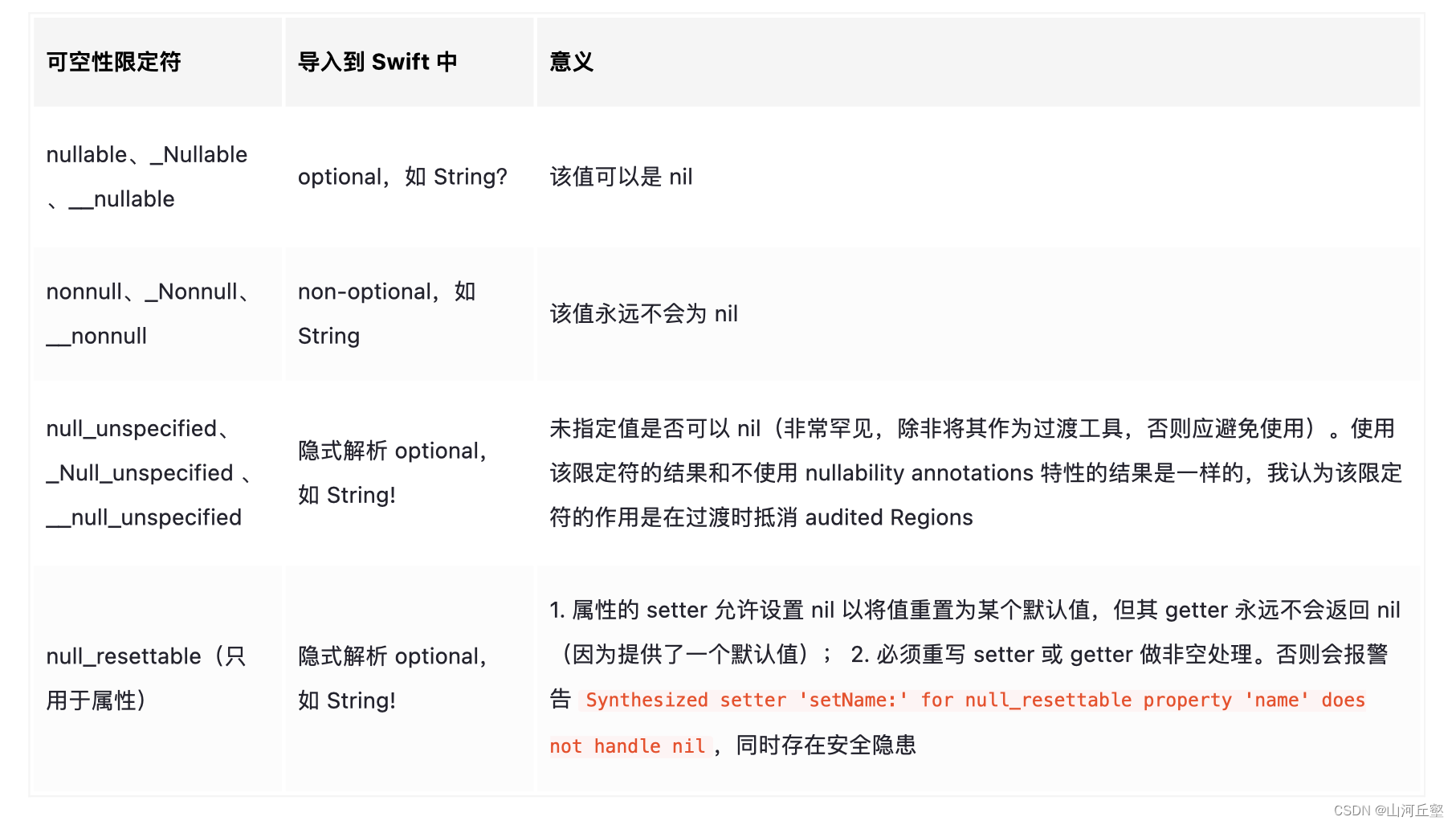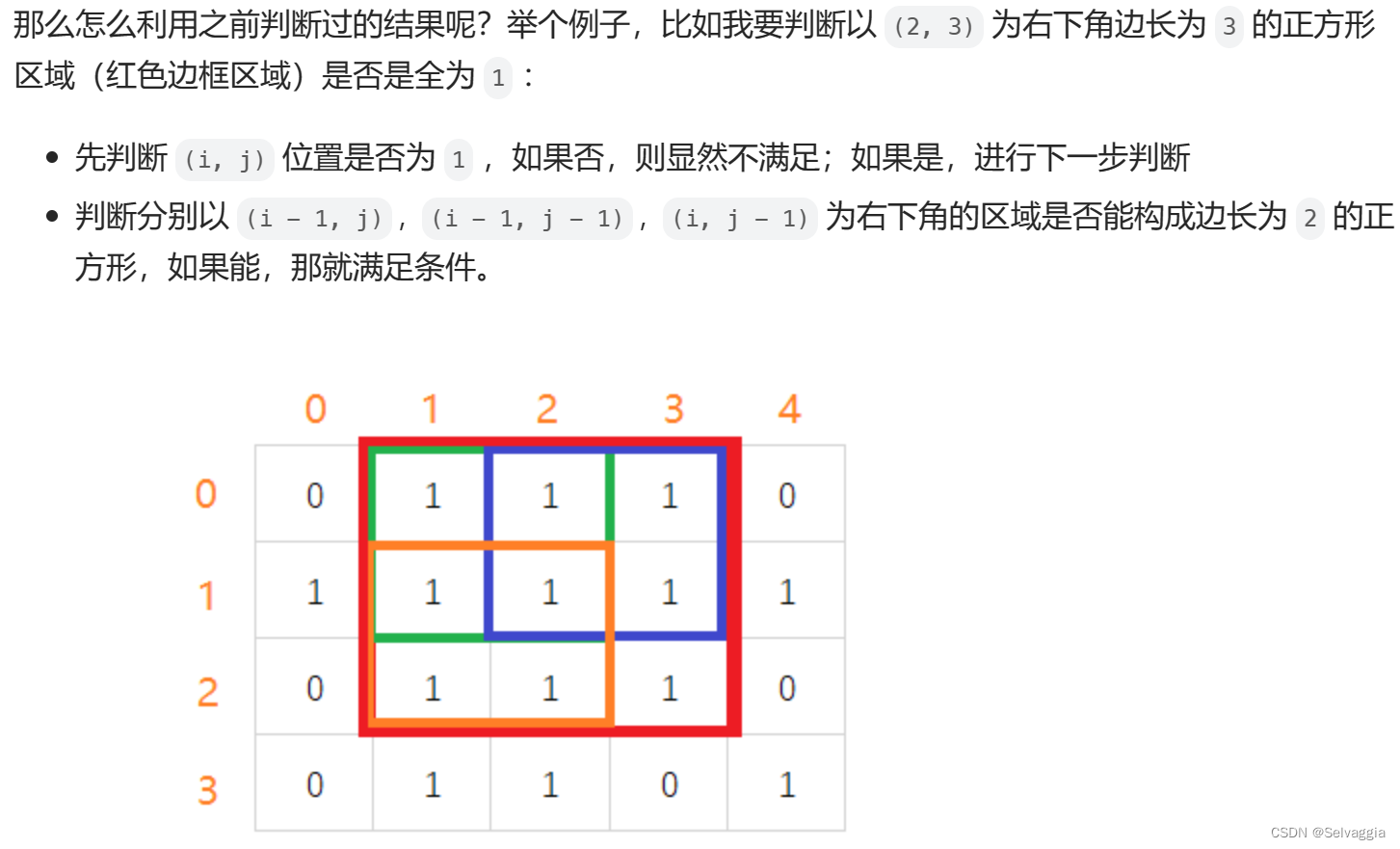2.15 有名管道介绍及使用
有名管道(FIFO first in first out)
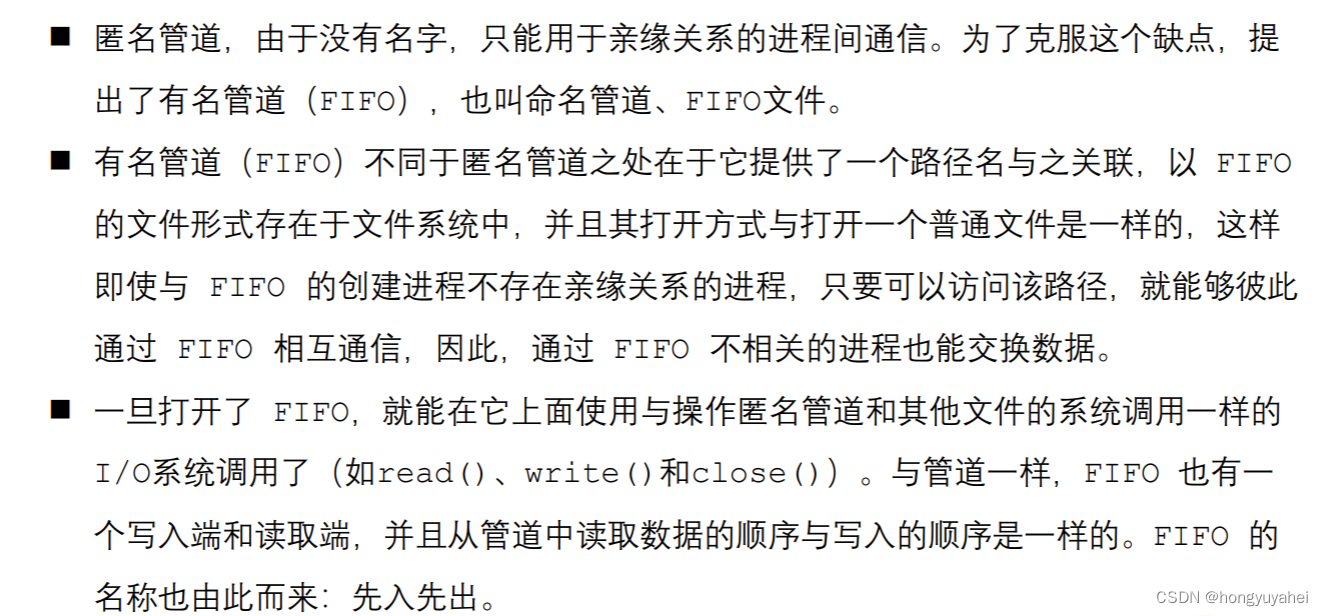
有名管道也可用于具有亲缘关系的进程之间,底层数据结构也是环形队列、循环队列。

有名管道的使用
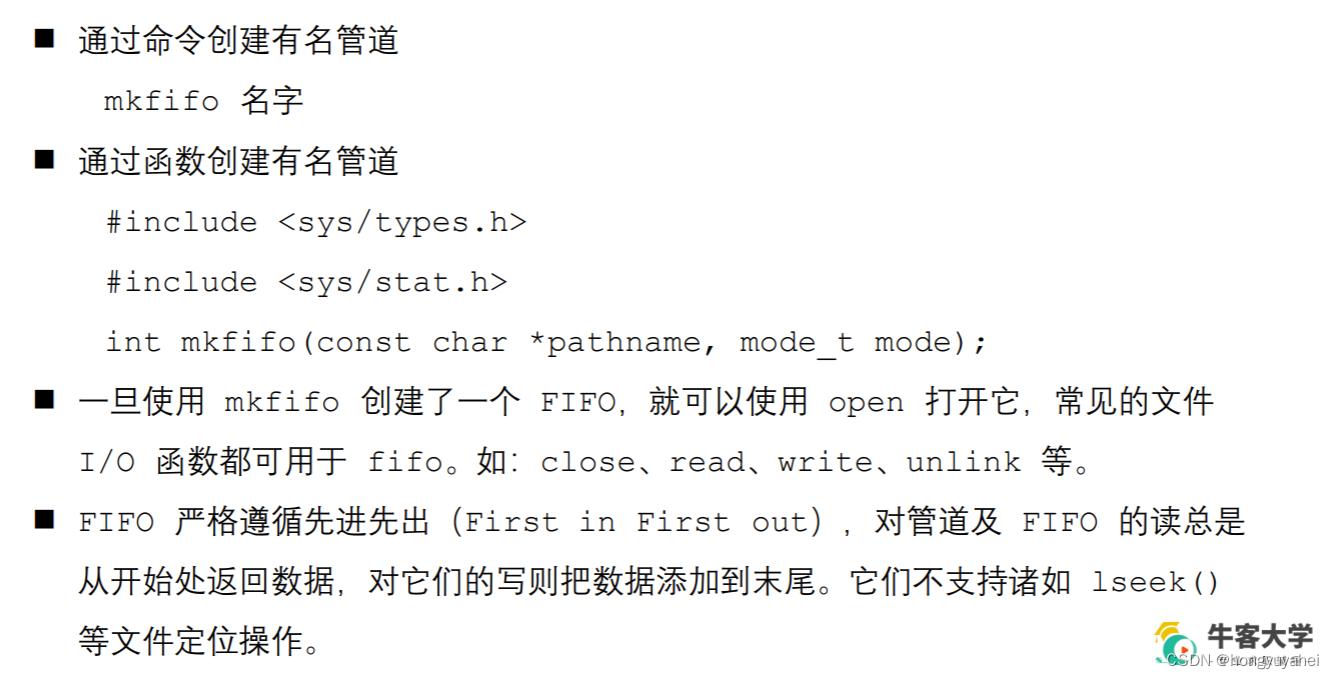
unlink用于删除一个文件。
创建fifo文件
命令:
 文件类型p:pipe 管道
文件类型p:pipe 管道
fifo后面有个" | ",就代表了管道
nowcoder@nowcoder:~/Linux/lesson23s echo “hello world” >> fifo
往管道里写数据(文件里其实没有数据,数据在内核的内存里),同时是会阻塞在这里
程序:
/*
创建fifo文件
1.通过命令: mkfifo 名字
2.通过函数:int mkfifo(const char *pathname, mode_t mode);
#include <sys/types.h>
#include <sys/stat.h>
int mkfifo(const char *pathname, mode_t mode);
参数:
- pathname: 管道名称的路径
- mode: 文件的权限 和 open 的 mode 是一样的
是一个八进制的数 最终权限:mode& ~unmask
返回值:成功返回0,失败返回-1,并设置错误号
*/
#include <stdio.h>
#include <sys/types.h>
#include <sys/stat.h>
#include <stdlib.h>
#include <unistd.h>
int main() {
// 判断文件是否存在
int ret = access("fifo1", F_OK);
if(ret == -1) {
printf("管道不存在,创建管道\n");
ret = mkfifo("fifo1", 0664);
if(ret == -1) {
perror("mkfifo");
exit(0);
}
}
return 0;
}
从管道中读取数据
#include <stdio.h>
#include <sys/types.h>
#include <sys/stat.h>
#include <stdlib.h>
#include <unistd.h>
#include <fcntl.h>
// 从管道中读取数据
int main() {
// 1.打开管道文件
int fd = open("test", O_RDONLY);
if(fd == -1) {
perror("open");
exit(0);
}
// 读数据
while(1) {//不可能只读一次,循环去读
char buf[1024] = {0};
int len = read(fd, buf, sizeof(buf));
if(len == 0) {
printf("写端断开连接了...\n");
break;
}
printf("recv buf : %s\n", buf);
}
close(fd);
return 0;
}
向管道中写数据
有名管道的注意事项:
1.一个为只读而打开一个管道的进程会阻塞,直到另外一个进程为只写打开管道(拥有写权限)
2.一个为只写而打开一个管道的进程会阻塞,直到另外一个进程为只读打开管道(拥有读权限)
读管道:
管道中有数据,read返回实际读到的字节数
管道中无数据:
管道写端被全部关闭,read返回0,(相当于读到文件末尾)
写端没有全部被关闭,read阻塞等待
写管道:
管道读端被全部关闭,进行异常终止(收到一个SIGPIPE信号)
管道读端没有全部关闭:
管道已经满了,write会阻塞
管道没有满,write将数据写入,并返回实际写入的字节数。
#include <stdio.h>
#include <sys/types.h>
#include <sys/stat.h>
#include <stdlib.h>
#include <unistd.h>
#include <fcntl.h>
#include <string.h>
// 向管道中写数据
int main() {
// 1.判断文件是否存在
int ret = access("test", F_OK);
if(ret == -1) {
printf("管道不存在,创建管道\n");
// 2.创建管道文件
ret = mkfifo("test", 0664);
if(ret == -1) {
perror("mkfifo");
exit(0);
}
}
// 3.以只写的方式打开管道
int fd = open("test", O_WRONLY);
if(fd == -1) {
perror("open");
exit(0);
}
// 写数据
for(int i = 0; i < 100; i++) {
char buf[1024];
sprintf(buf, "hello, %d\n", i);
printf("write data : %s\n", buf);
write(fd, buf, strlen(buf));
sleep(1);
}
close(fd);
return 0;
}
2.16有名管道实现简单版聊天功能
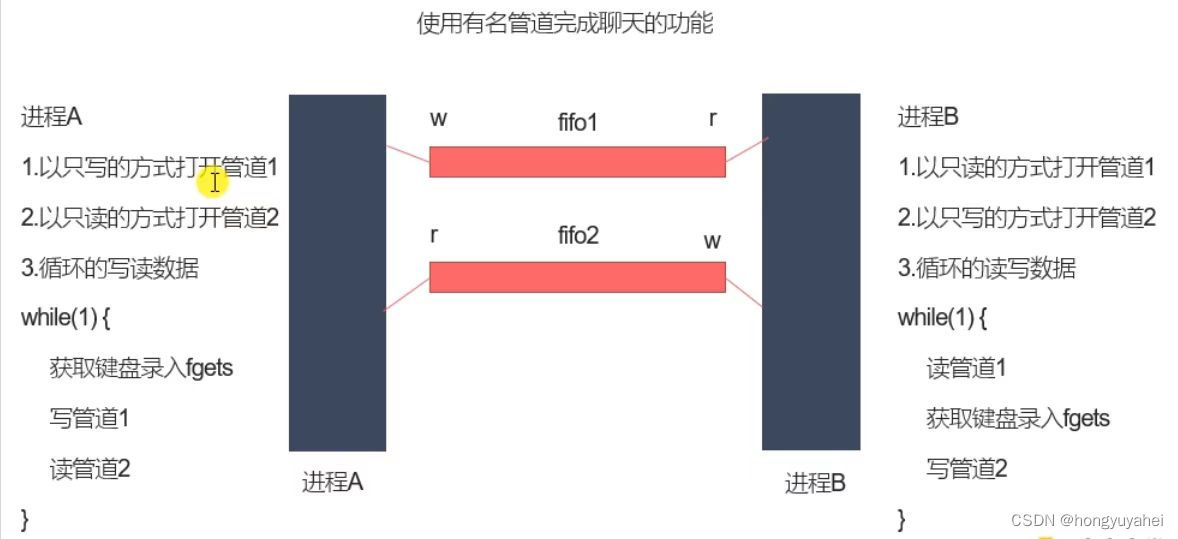
chatA
#include <stdio.h>
#include <unistd.h>
#include <sys/types.h>
#include <sys/stat.h>
#include <stdlib.h>
#include <fcntl.h>
#include <string.h>
int main(){
// 1.判断有名管道文件是否存在
int ret = access("fifo1", F_OK);
if(ret == -1) {
// 文件不存在
printf("管道不存在,创建对应的有名管道\n");
ret = mkfifo("fifo1", 0664);
if(ret == -1) {
perror("mkfifo");
exit(0);
}
}
ret = access("fifo2", F_OK);
if(ret == -1) {
// 文件不存在
printf("管道不存在,创建对应的有名管道\n");
ret = mkfifo("fifo2", 0664);
if(ret == -1) {
perror("mkfifo");
exit(0);
}
}
// 2.以只写的方式打开管道fifo1
int fdw = open("fifo1", O_WRONLY);
if(fdw == -1) {
perror("open");
exit(0);
}
printf("打开管道fifo1成功,等待写入...\n");
// 3.以只读的方式打开管道fifo2
int fdr = open("fifo2", O_RDONLY);
if(fdr == -1) {
perror("open");
exit(0);
}
printf("打开管道fifo2成功,等待读取...\n");
char buf[128];
// 4.循环的写读数据
while(1) {
memset(buf, 0, 128);
// 获取标准输入的数据
fgets(buf, 128, stdin);
// 写数据
ret = write(fdw, buf, strlen(buf));
if(ret == -1) {
perror("write");
exit(0);
}
// 5.读管道数据
memset(buf, 0, 128);
ret = read(fdr, buf, 128);
if(ret <= 0) {
perror("read");
break;
}
printf("buf: %s\n", buf);
}
// 6.关闭文件描述符
close(fdr);
close(fdw);
return 0;
}
chatB
#include <stdio.h>
#include <unistd.h>
#include <sys/types.h>
#include <sys/stat.h>
#include <stdlib.h>
#include <fcntl.h>
#include <string.h>
int main(){
// 1.判断有名管道文件是否存在
int ret = access("fifo1", F_OK);
if(ret == -1) {
// 文件不存在
printf("管道不存在,创建对应的有名管道\n");
ret = mkfifo("fifo1", 0664);
if(ret == -1) {
perror("mkfifo");
exit(0);
}
}
ret = access("fifo2", F_OK);
if(ret == -1) {
// 文件不存在
printf("管道不存在,创建对应的有名管道\n");
ret = mkfifo("fifo2", 0664);
if(ret == -1) {
perror("mkfifo");
exit(0);
}
}
// 2.以只读的方式打开管道fifo1
int fdr = open("fifo1", O_RDONLY);
if(fdr == -1) {
perror("open");
exit(0);
}
printf("打开管道fifo1成功,等待读取...\n");
// 3.以只写的方式打开管道fifo2
int fdw = open("fifo2", O_WRONLY);
if(fdw == -1) {
perror("open");
exit(0);
}
printf("打开管道fifo2成功,等待写入...\n");
char buf[128];
// 4.循环的读写数据
while(1) {
// 5.读管道数据
memset(buf, 0, 128);
ret = read(fdr, buf, 128);
if(ret <= 0) {
perror("read");
break;
}
printf("buf: %s\n", buf);
memset(buf, 0, 128);
// 获取标准输入的数据
fgets(buf, 128, stdin);
// 写数据
ret = write(fdw, buf, strlen(buf));
if(ret == -1) {
perror("write");
exit(0);
}
}
// 6.关闭文件描述符
close(fdr);
close(fdw);
return 0;
}
现在是只能发一条消息就阻塞,等对面再发消息
其实可以读一个进程,写一个进行,这样就互不影响了
